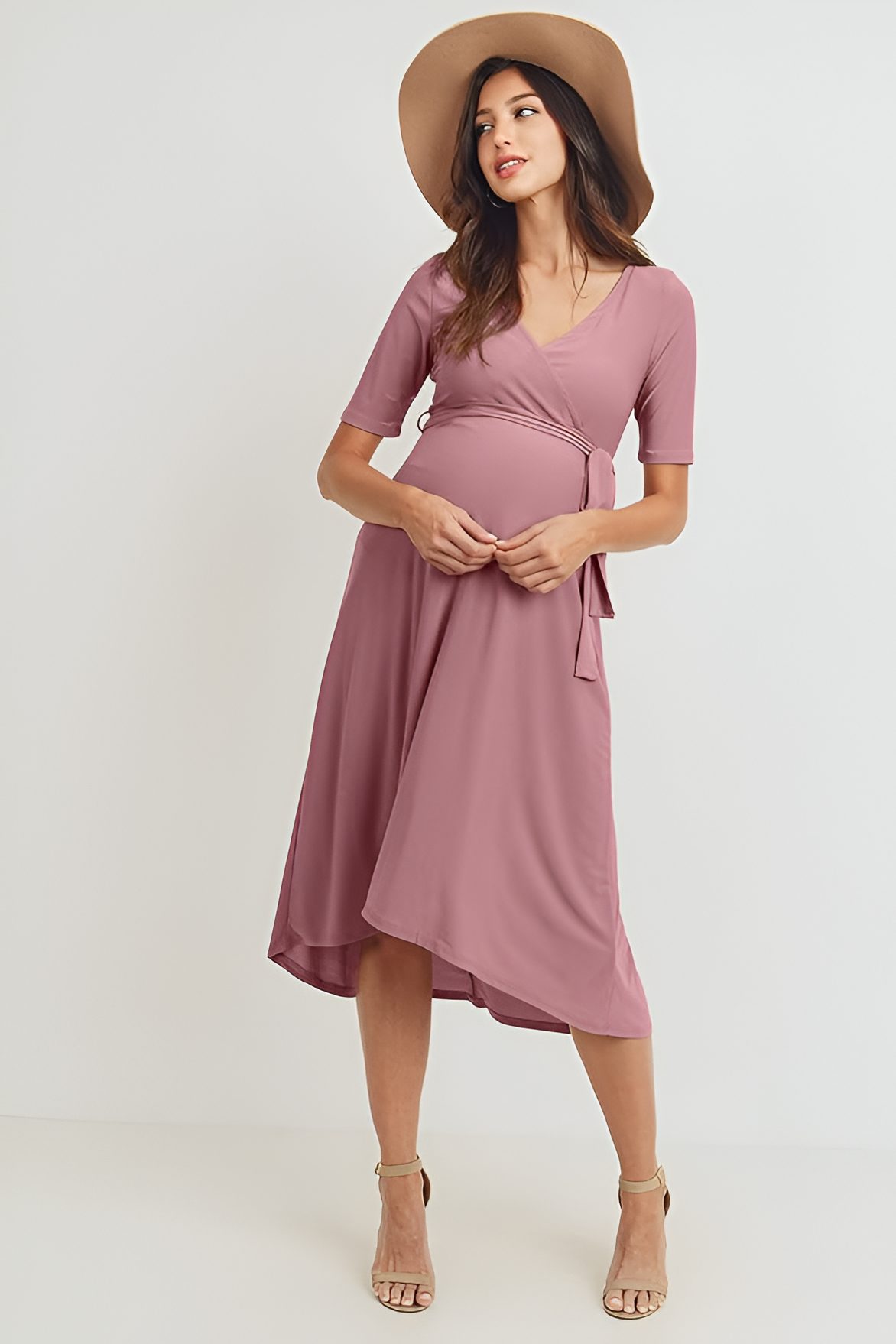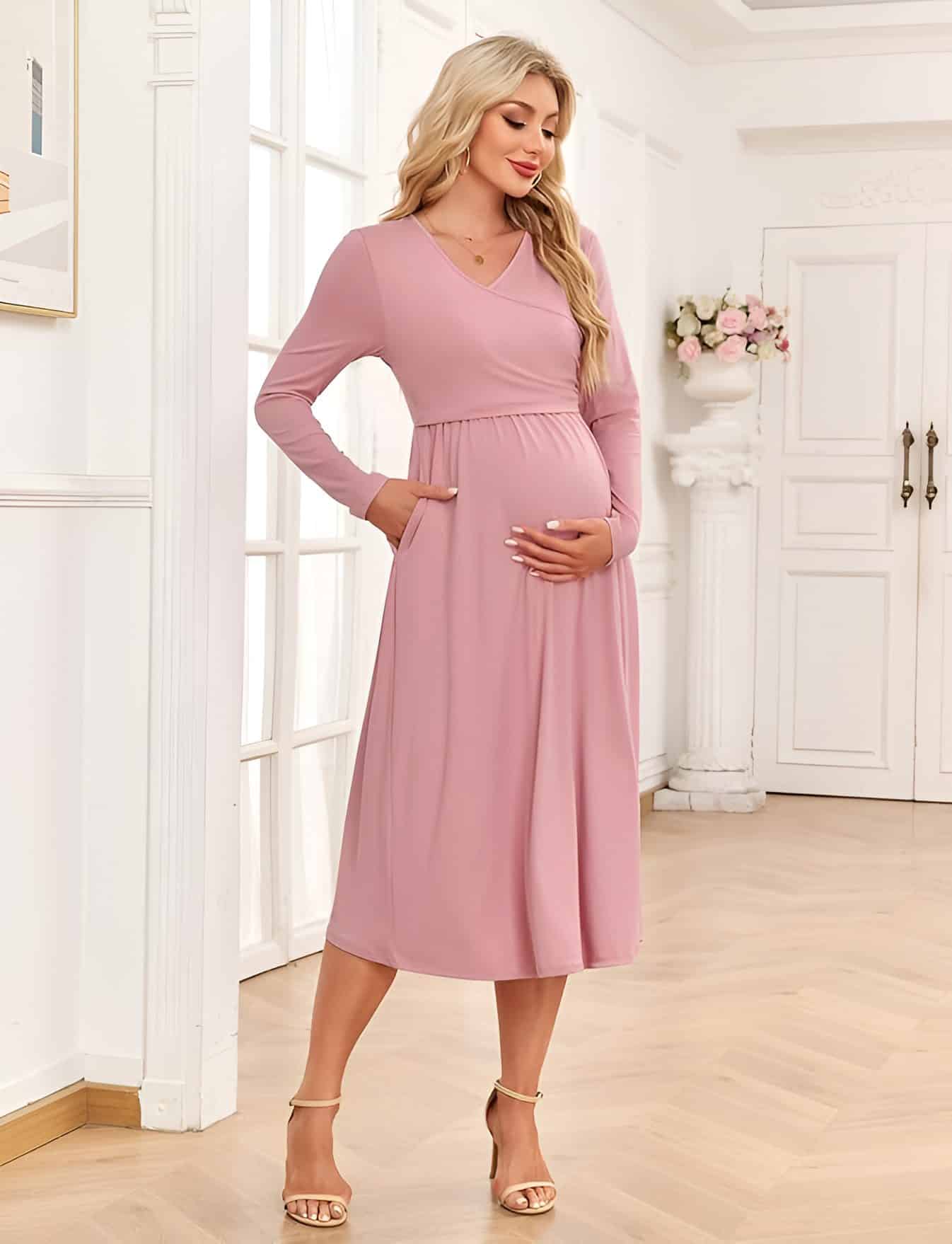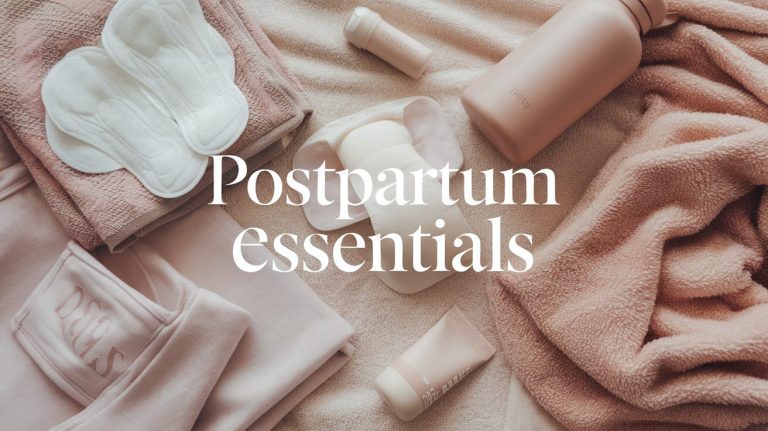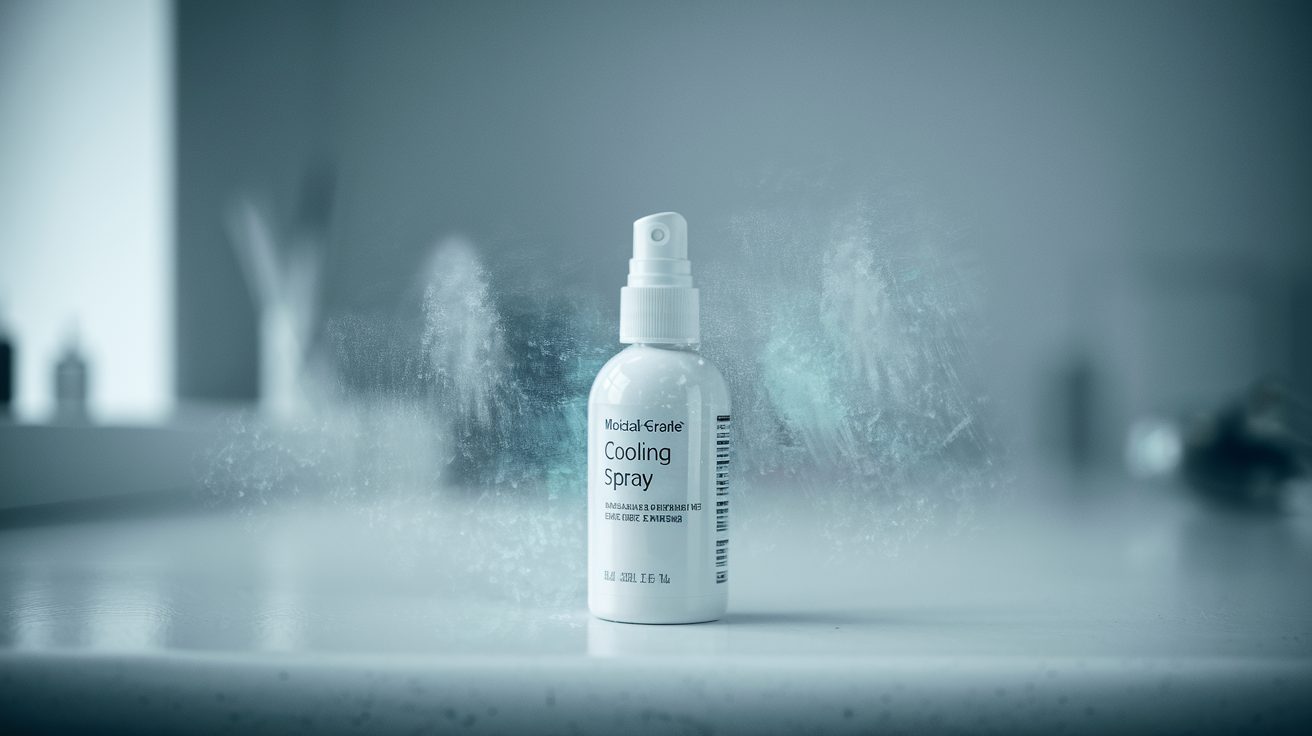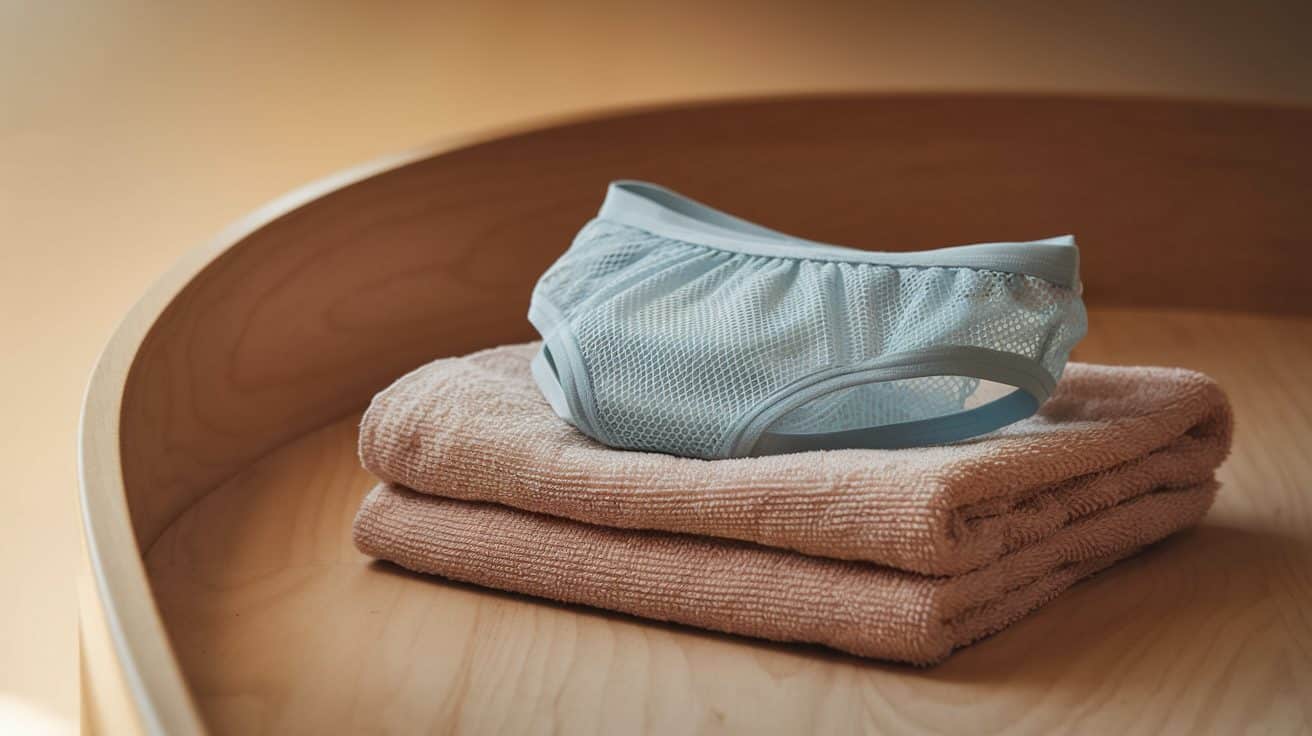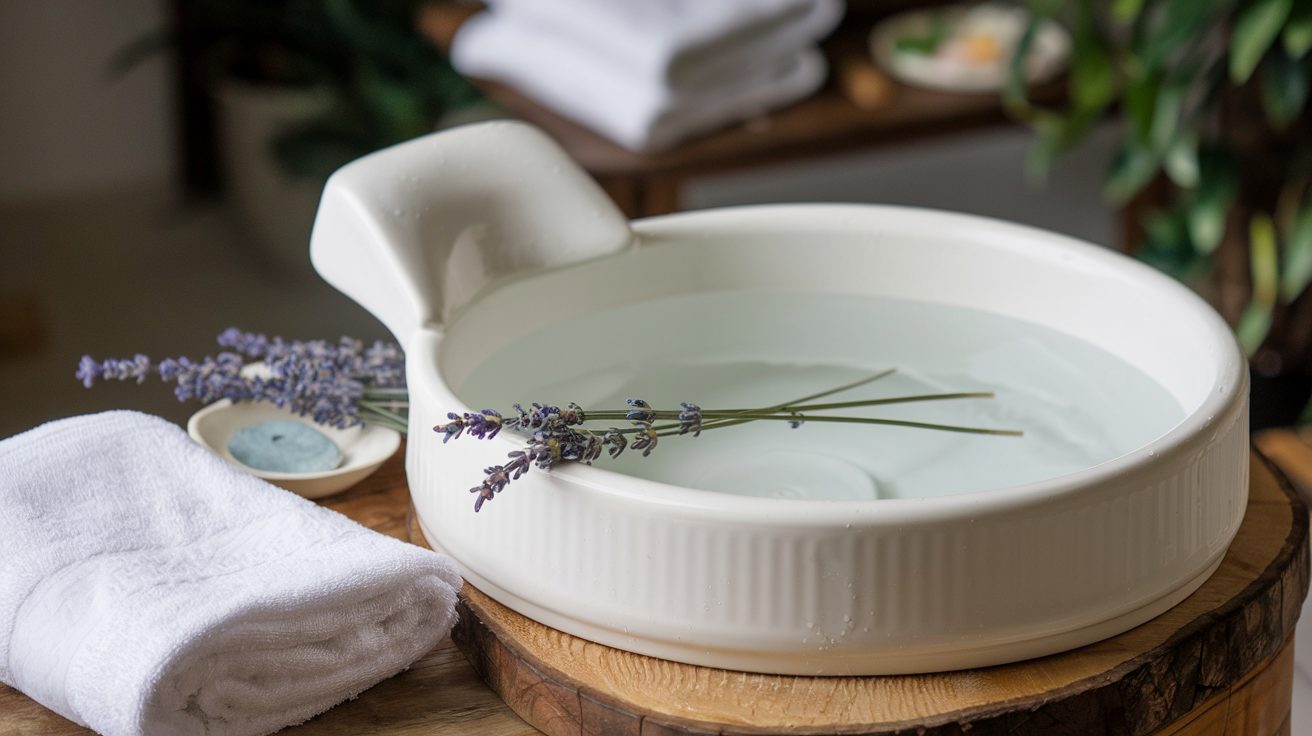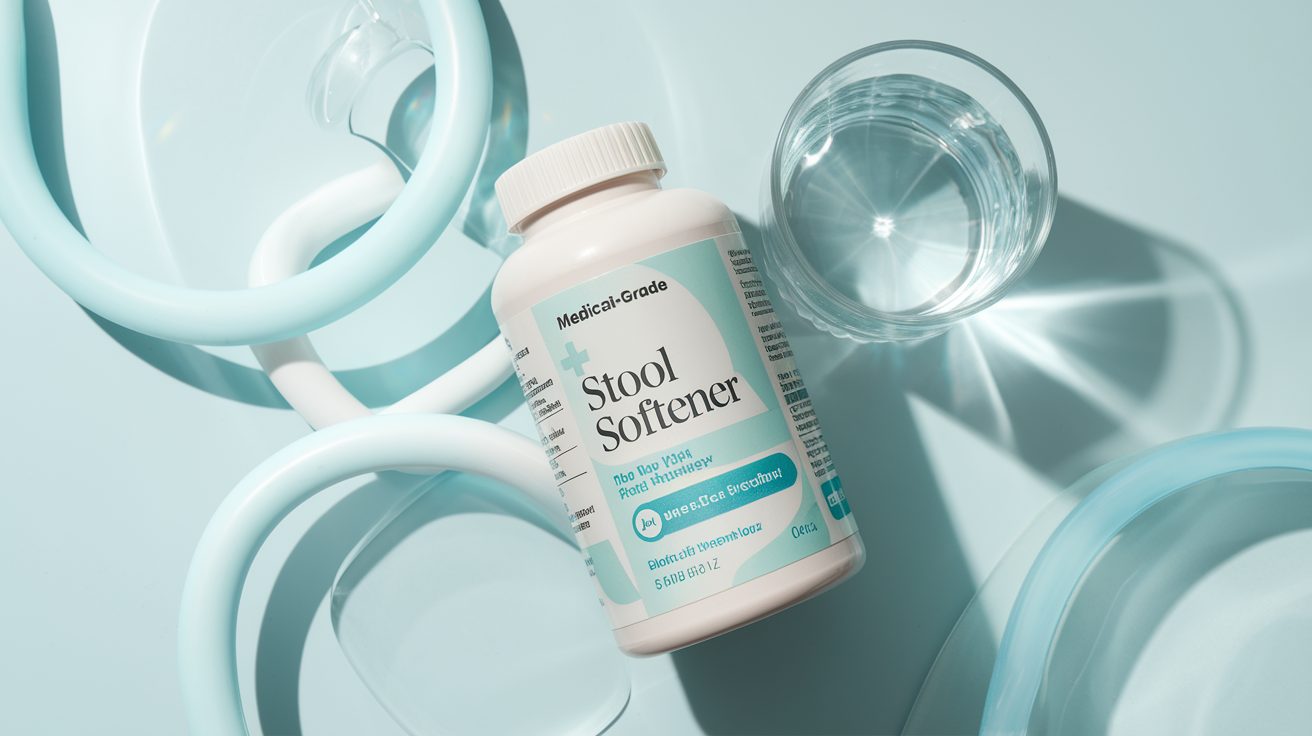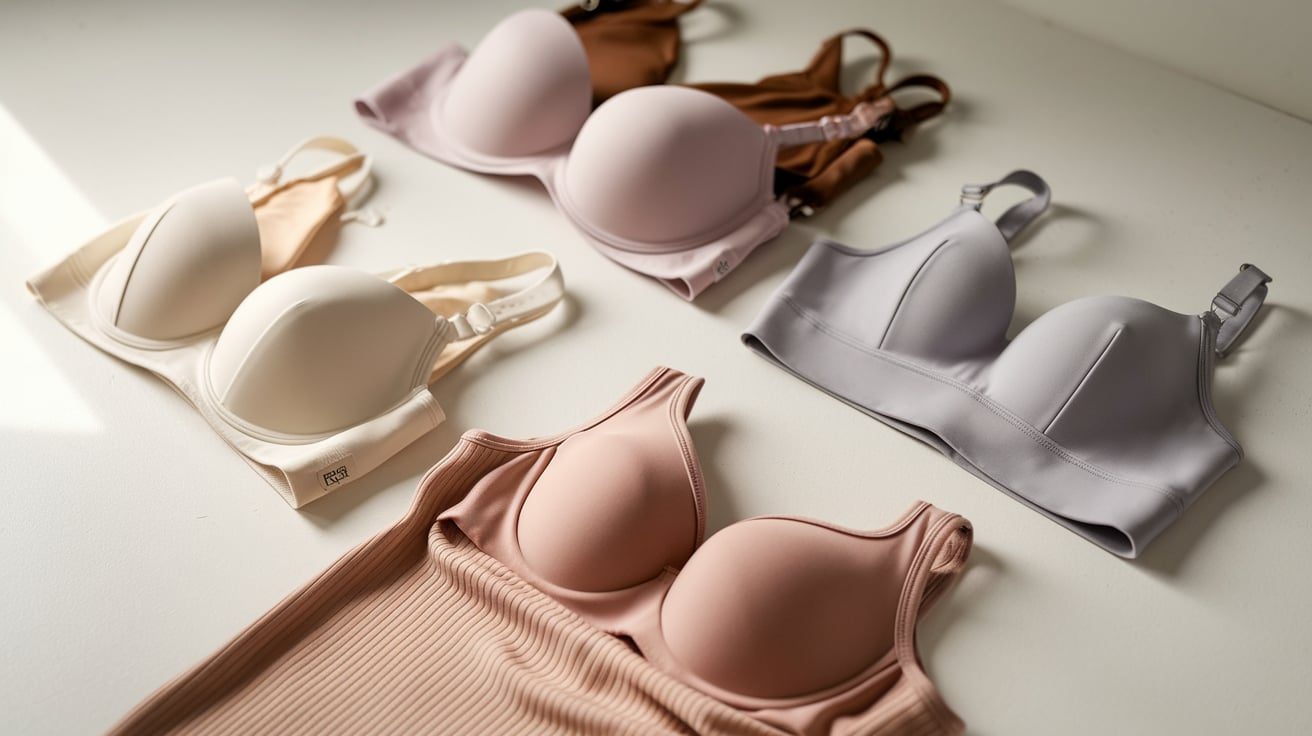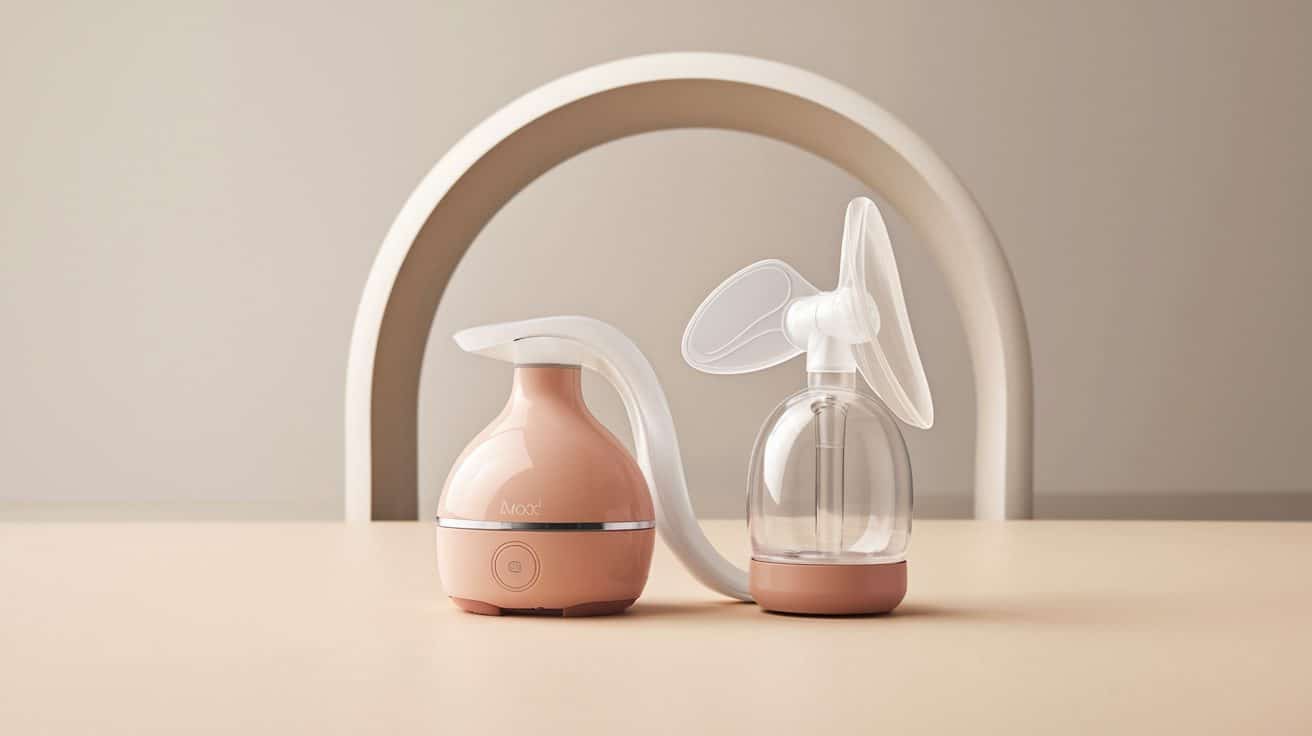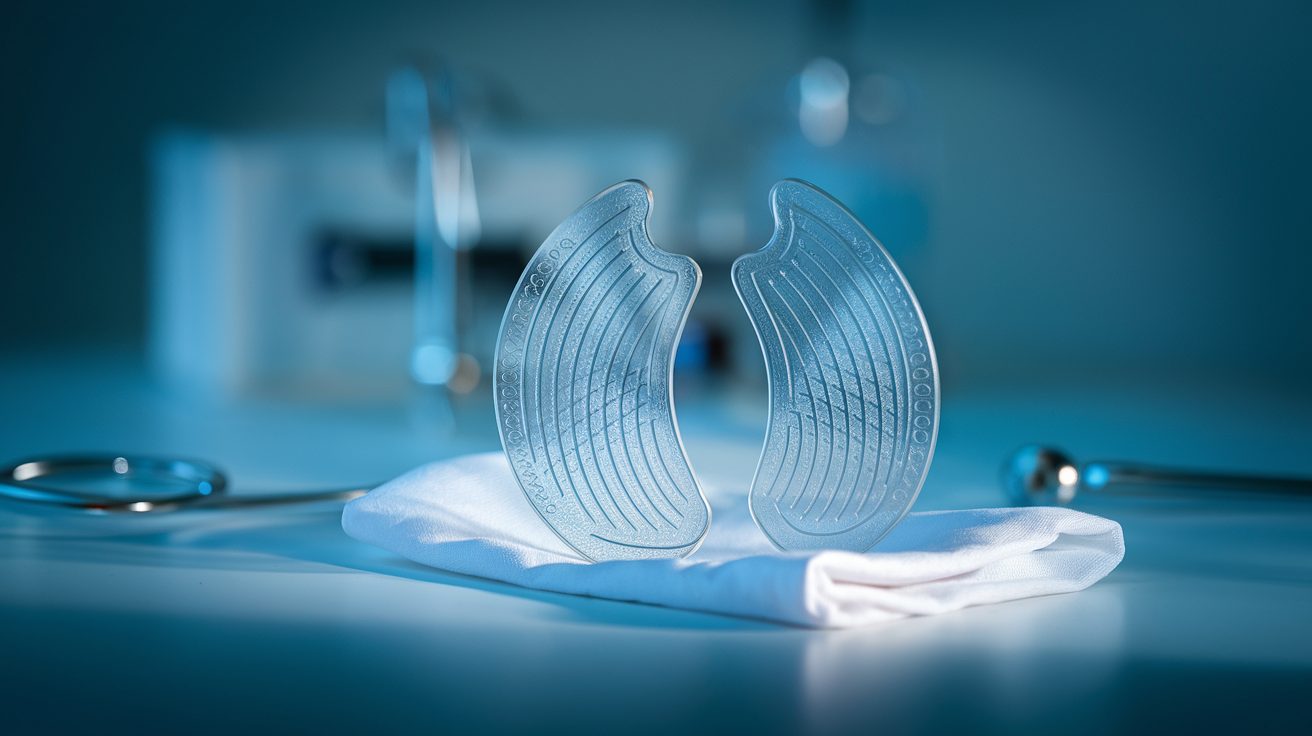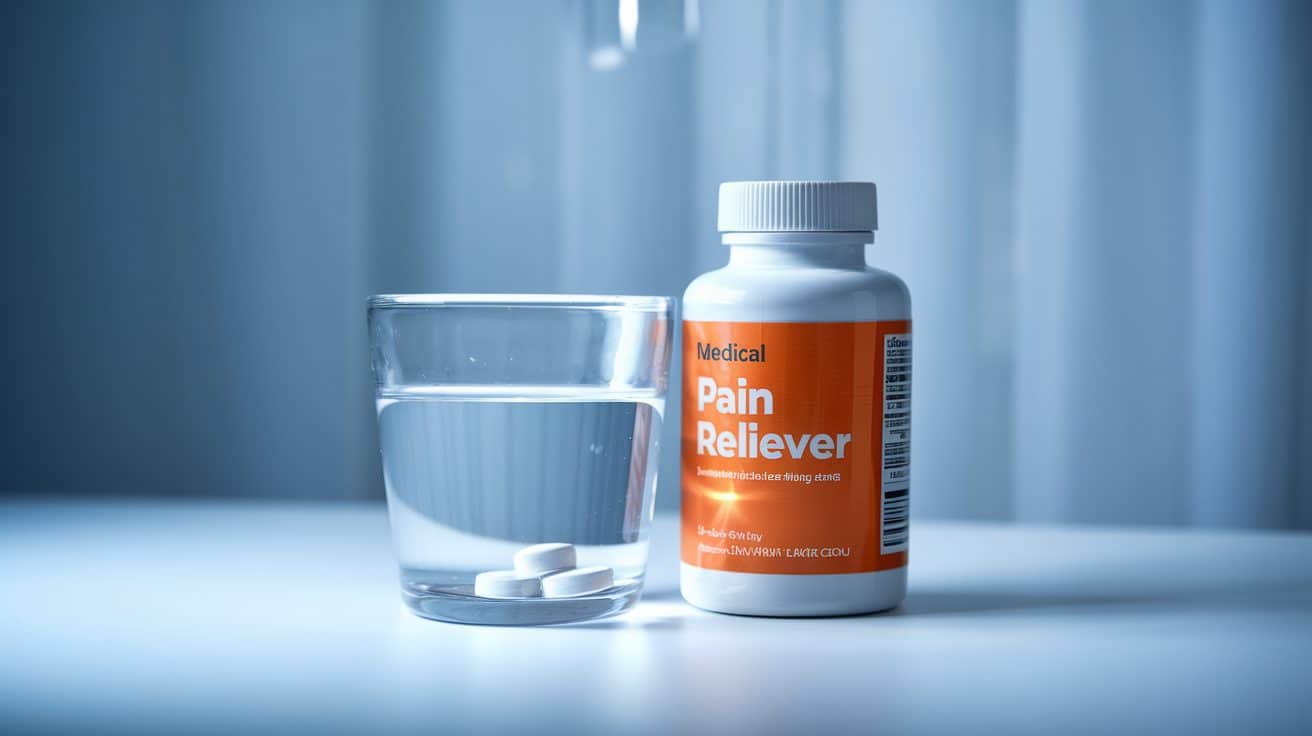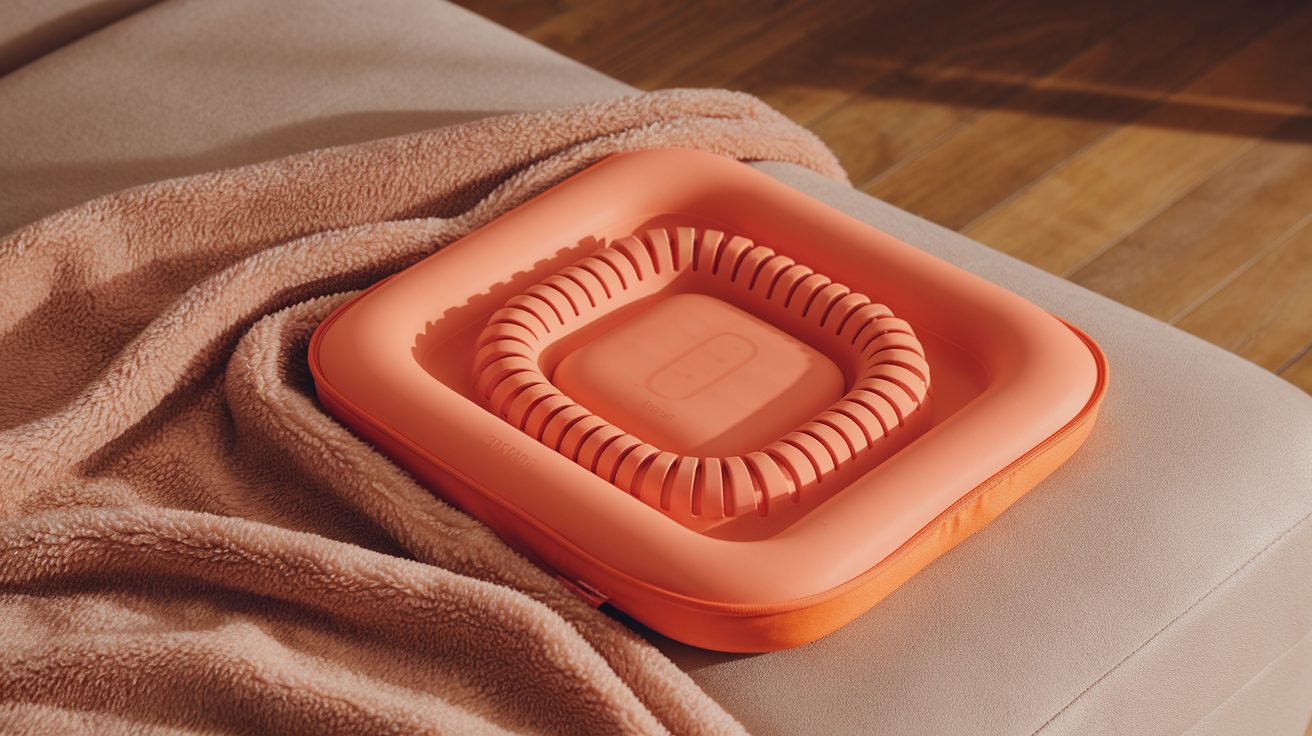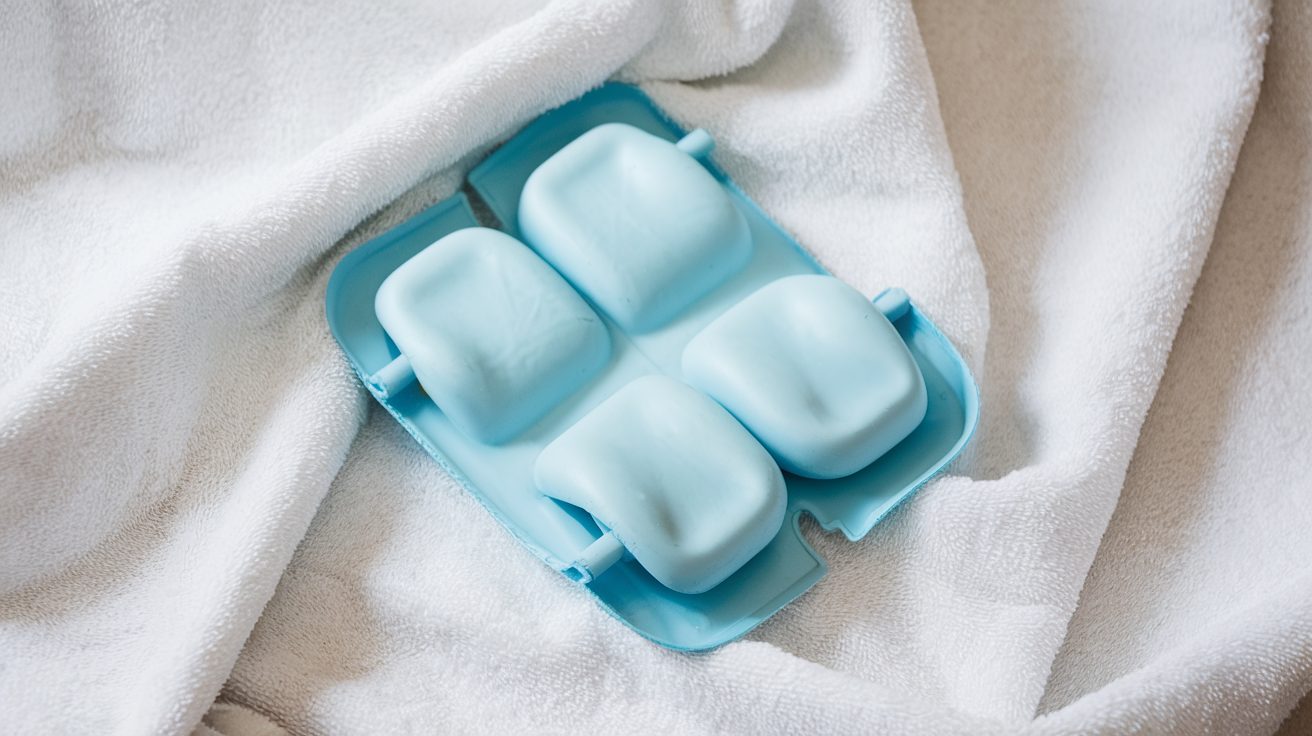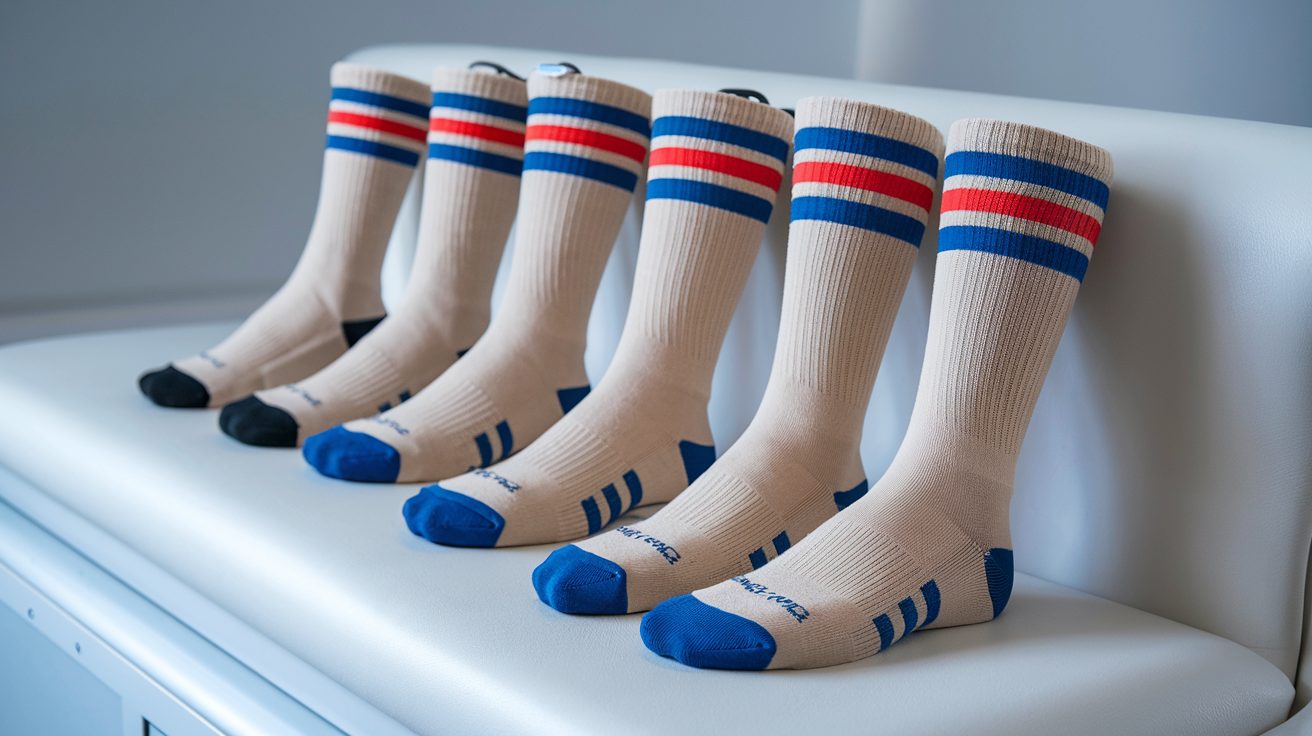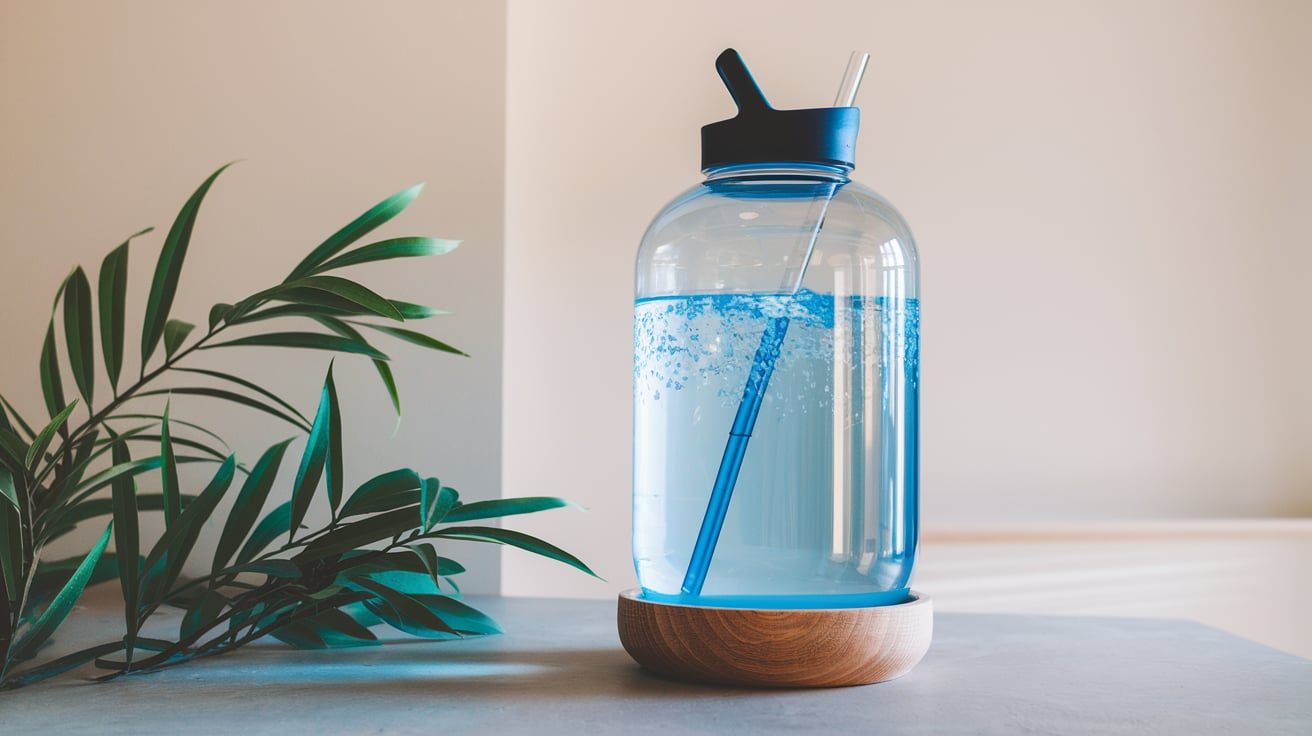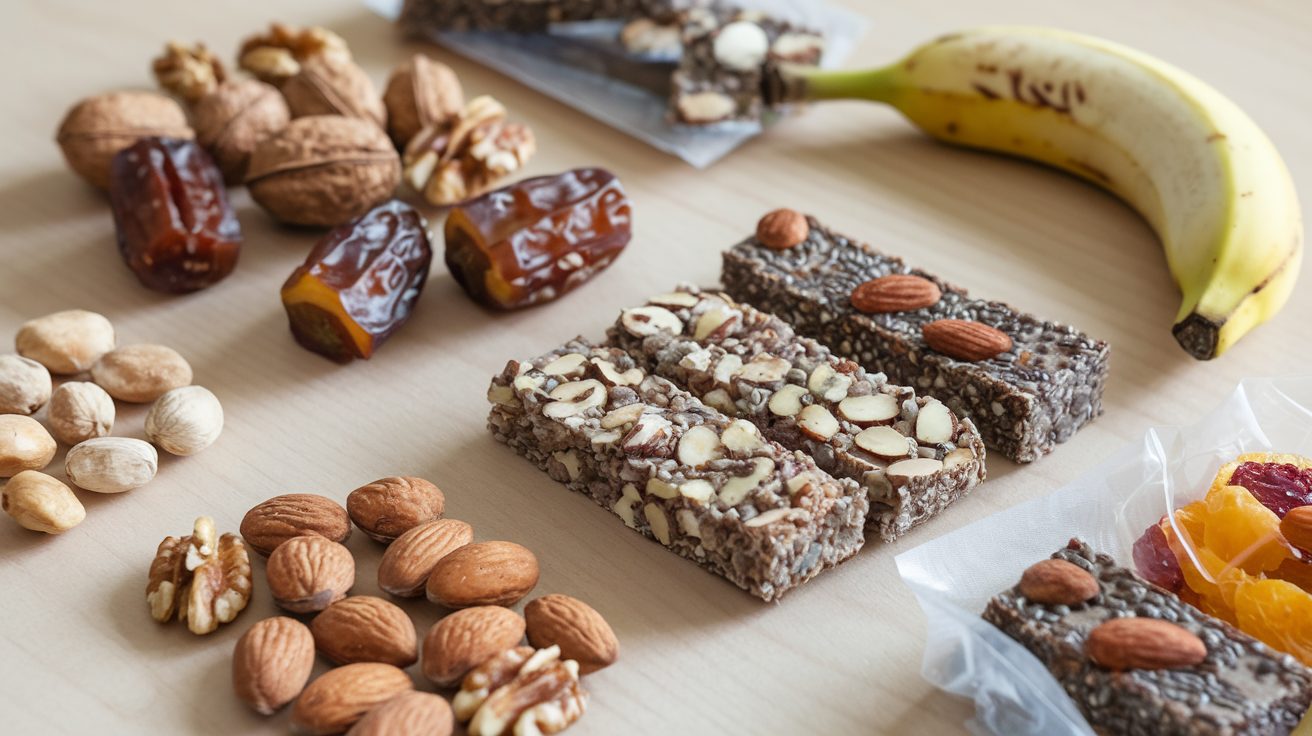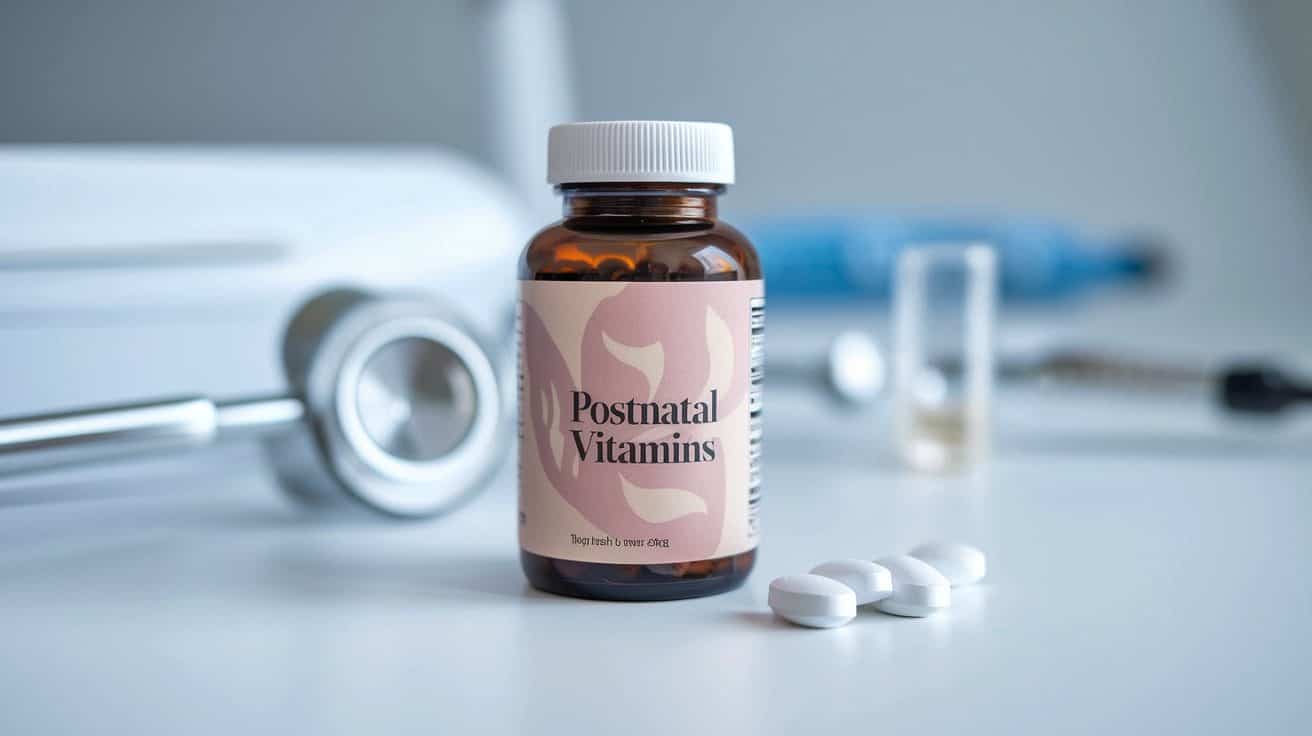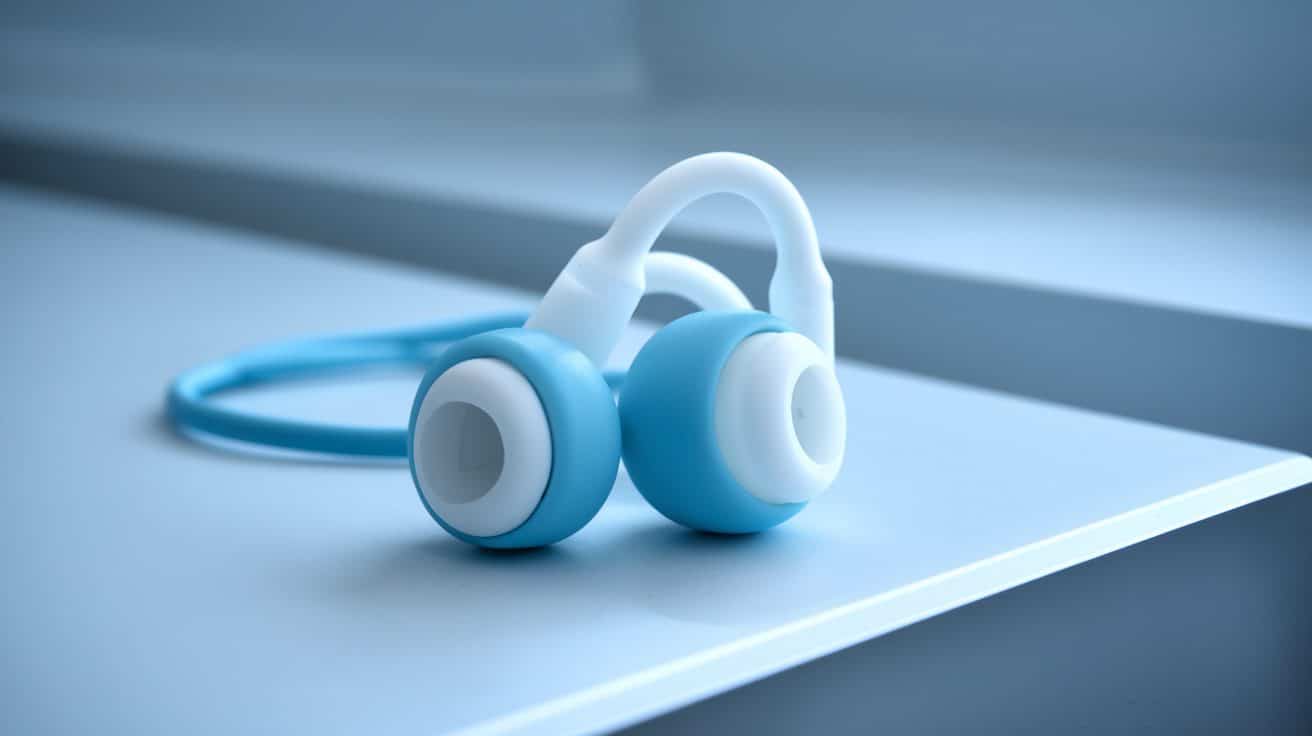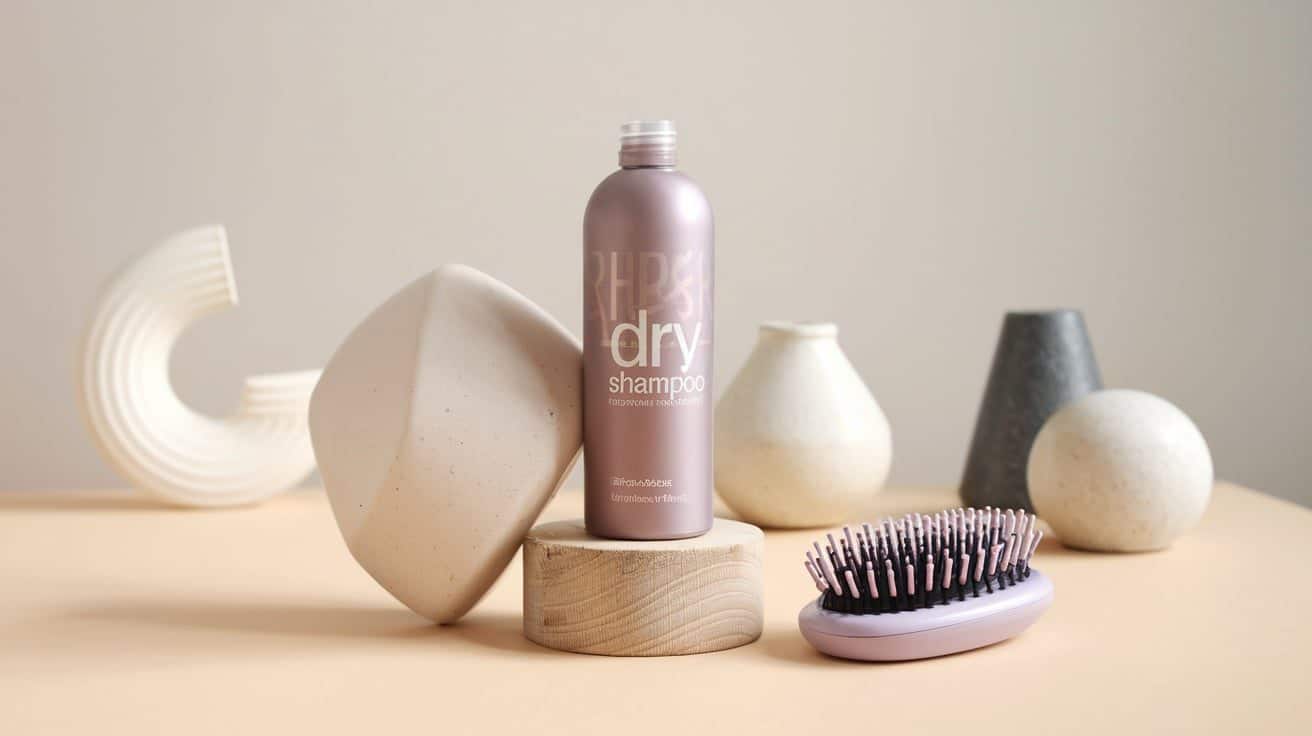Looking good means feeling good; a pink maternity dress for a photoshoot can light up any mum-to-be’s special day.
Pink isn’t just a color; it’s a feeling of sweetness, hope, and pure joy that matches the glow of growing a tiny human.
From soft rose to bright coral, there’s a perfect shade of pink waiting to make each mom feel beautiful and confident.
The right dress fits more than just well – it tells a story of love, hope, and new beginnings.
Let’s find that special pink dress that makes moms-to-be shine at baby showers, gender reveals, or any special moment during this magical time.
Stay comfy, feel pretty, and shine bright!
Why Every Mom-to-Be Needs a Pink Maternity Dress

The Magic of Pink
A pink dress does something special to the heart and eyes:
- It adds a soft glow that makes photos look extra sweet
- The color naturally brings out that mom-to-be radiance
- From morning coffee runs to evening dinners, pink fits right in
One Dress, Many Moments
Think of a pink dress as your trusty friend through this special time:
- Makes baby shower photos pop with just the right touch
- Turns simple walks in the park into photo-worthy moments
- Looks put-together for work without trying too hard
Pink matches almost everything, so you can style it differently each time. Dress it up with pearls, keep it casual with flats, or make it office-ready with a blazer – endless options!
Top Features to Look for in a Pink Maternity Dress
Fabric & Comfort
- Choose breathable, stretchable fabrics like cotton, jersey, spandex blend, or modal.
- Soft, lightweight materials ensure comfort and flexibility as your bump grows.
Style Options for Every Occasion
- Casual Chic: Soft cotton or jersey for everyday comfort.
- Elegant & Formal: Delicate fabrics like chiffon for baby showers, gender reveals, or photoshoots.
- Work & Office Wear: Structured yet stretchy fabrics for a professional look.
Fit & Sizing Guide
- Maternity dresses are designed to fit your growing belly with extra room in the waist.
- Look for adjustable or wrap styles that can grow with your bump.
- Consider dresses with empire waist or A-line cuts for a flattering fit.
Versatility & Layering Tips
- Layer with cardigans, jackets, or scarves for cooler weather.
- Pair with flats or sandals for casual looks or wedges for more formal occasions.
Top 5 Pink Maternity Dresses to Buy Now
Every dress here blends comfort with style, making them perfect for the mom-to-be who wants to feel pretty and comfy!
Wrap Dress with a Waist Belt
This V-neck design features ¾ sleeves and a graceful high-low hem. The removable belt defines your empire waist, creating an elegant silhouette.
Crafted with soft, stretchy fabric for all-day comfort. Perfect for pregnancy and nursing, it is a versatile addition to your wardrobe.
- Size Guide: Small (34-36″ bust), Medium (36-38″ bust), Large (38-40″ bust), X-Large (40-42″ bust). For a relaxed fit, consider sizing up.
- Care Instructions: Machine wash cold on gentle cycle with similar colors. Tumble dry low. Iron on low heat if needed. Fabric: 95% Polyester, 5% Spandex.
- Wear & Style: Dress up with heels for special occasions or keep it casual with sandals or sneakers. The adjustable belt allows you to customize your look while maintaining comfort.
Off-Shoulder A-line Tulle Dress
This off-shoulder design features elegant half sleeves and a flowing maxi length. The V-neckline and exquisite ruffles create a dreamy silhouette.
Crafted with soft tulle fabric for a graceful drape. Perfect for special occasions and photo moments, it is a timeless addition to your maternity wardrobe.
- Size Guide: Please refer to size chart in images for exact measurements. Fits true to size with low stretch material. Designed to accommodate various body shapes throughout pregnancy.
- Care Instructions: Handle delicate lace with care. Hand wash recommended. Lay flat to dry. Keep away from jewelry to prevent snags.
- Occasion Wear: Ideal for baby showers, maternity photoshoots, weddings, engagement parties, and special events. Versatile enough for both casual gatherings and semi-formal occasions.
Nursing Dress With Pockets
This floral design features a discreet feeding layer and practical pockets. The empire waistline and V-neck create a flattering silhouette.
Crafted with soft, stretchy fabric for growing comfort. Perfect for both pregnancy and nursing, with versatile styling options for any occasion.
- Size Guide: Available in sizes XS-XL. Choose your pre-pregnancy size for the perfect fit. Fabric provides generous stretch to accommodate your growing bump.
- Care Instructions: Machine wash cold with similar colors. Gentle cycle recommended. Tumble dry low. Remove promptly to prevent wrinkles.
- Styling Options: Pair with flats and minimal jewelry for daily wear, or dress up with heels and statement accessories for special events. Suitable for work, baby showers, weddings, and casual outings.
Ribbed Bodycon Sleeveless Dress
This halter neck design features a side ruched slit and midi length. The bodycon fit creates a stunning silhouette that grows with you.
Crafted with premium ribbed knit fabric for stretch and comfort. Perfect for special occasions and casual outings, making every moment of your pregnancy journey stylish.
- Size Guide: Choose your pre-pregnancy size for a snug, flattering fit. The stretchy fabric adapts to your changing body throughout pregnancy and postpartum.
- Care Instructions: Machine wash cold, gentle cycle. Use with similar colors. Tumble dry low. The fabric is 98% polyester and 2% Spandex ribbed knit.
- Occasion Wear: It is versatile for baby showers, beach days, weddings, and casual outings. It is also perfect for maternity photoshoots and special celebrations.
Maxi Dress with Flower Sash
This wrap-style design features handkerchief sleeves and a stunning fishtail hem. The ruched abdomen accommodates your growing bump while creating a graceful silhouette.
Crafted with ultra-soft, 4-way stretch fabric for year-round comfort. Perfect for both pregnancy and nursing, making every moment of motherhood stylish.
- Size Guide: Ruched design adapts to your changing body. Features bump-friendly stretch and nursing-friendly wrap access. Flattering for all body frames.
- Care Instructions: Ultra-soft, breathable material with 4-way stretch. Machine wash cold, gentle cycle. Perfect for spring through fall wear.
- Wear & Style: Pair with sandals for a casual look or heels for formal events. Add the included flower sash for baby shower perfection.
Pro tip: Check size guides before buying – most moms find their usual size plus one works best!
Where to Buy the Best Pink Maternity Dresses
Shopping for the perfect pink dress should be fun, not stressful! Here’s where to start your search.
Online Sites
- Amazon – huge selection, fast shipping, easy returns
- ASOS – trendy styles, size-inclusive options
- PinkBlush – made just for moms-to-be
- Motherhood Maternity – tried and tested fits
Store Shopping Tips
Save Money, Look Great!
- Target – budget-friendly finds in store
- H&M Maternity – mix and match pieces
- Nordstrom – higher-end picks you can try on
- Facebook Marketplace – gently used gems
- Rent the Runway – perfect for one-time events
- ThredUp – brand names at sweet prices
Check out seasonal holiday sales – most stores offer big discounts on maternity wear!
Remember: Online reviews from other moms can be super helpful. Look for comments about fit and comfort before buying.
Maternity Styling Tips for a Chic Look
A pink dress is just the start – let’s make it shine even brighter!
Perfect Pairings: Add sparkle with delicate gold necklaces that make pink shine. Keep it casual yet chic with crisp white sneakers.
A small crossbody bag lets you move freely while staying stylish. Light scarves bring that perfect finishing touch.
Smooth & Supported: Want all-day comfort? Start with seamless, stretchy underwear to avoid visible lines. Soft bandeau bras provide gentle support without constricting.
A belly band helps create the perfect fit and silhouette for those flowing maxi dresses.
Season by Season
Summer Sweet
- Light cardigans – A thin cotton or linen cardigan adds warmth without bulk, perfect for breezy nights.
- Flat sandals with ankle straps – Stylish and comfy, secure your feet while keeping things light and airy.
- Sun-hat + dress = perfect picnic look – A wide-brim hat and a flowy dress create an effortless, sun-ready outfit.
Winter Warm
- Soft white sweaters – Cozy and versatile, they pair well with jeans or skirts.
- Ankle boots – Warm, stylish, and easy to wear with pants and dresses.
- Long coats – A chic coat adds warmth, pulls your outfit together, and makes any dress winter-ready.
Time to Shine!
A pink maternity dress for the photoshoot is more than just another item in your wardrobe – it celebrates femininity, confidence, and self-expression.
From morning meetings to sunset walks, the right pink dress becomes part of your story. It’s about finding the perfect shade and style to make you feel like the best version of yourself.
Ready to find your perfect pink dress?
Let us know in the comments which pink dress style fits your personality – we’d love to hear your thoughts and experiences!
Don’t forget to sign up for our newsletter – we share exclusive deals and styling tips every week. Your perfect pink dress adventure awaits!


